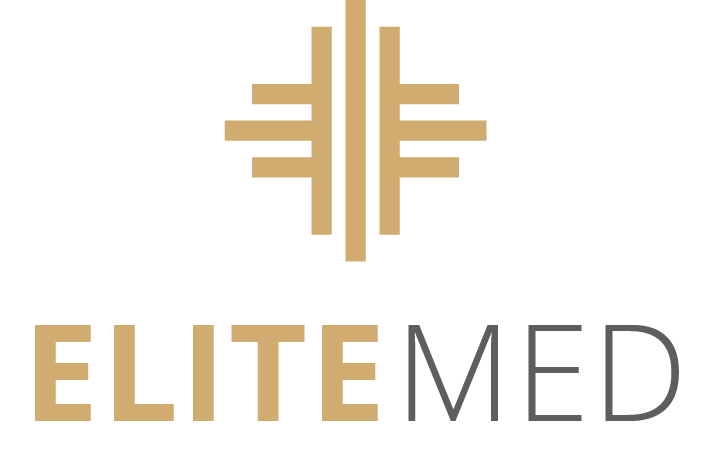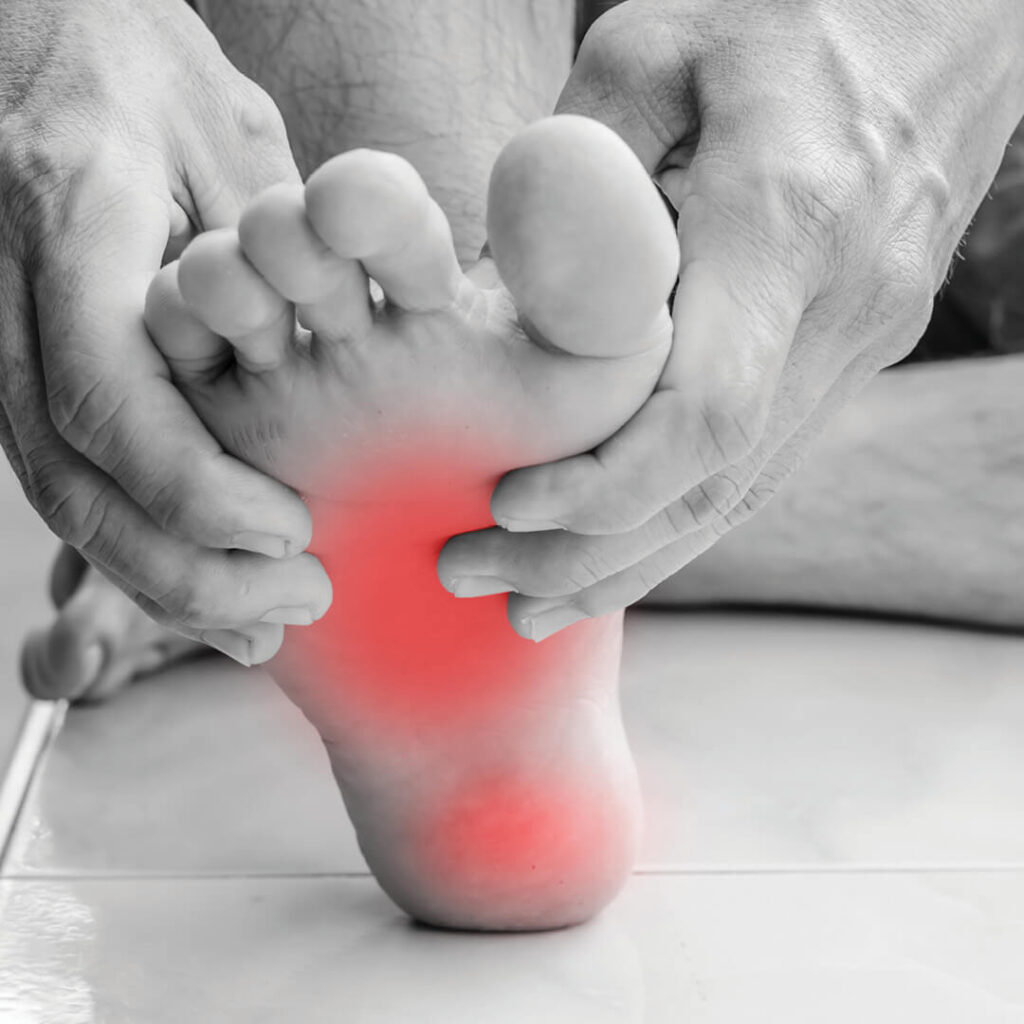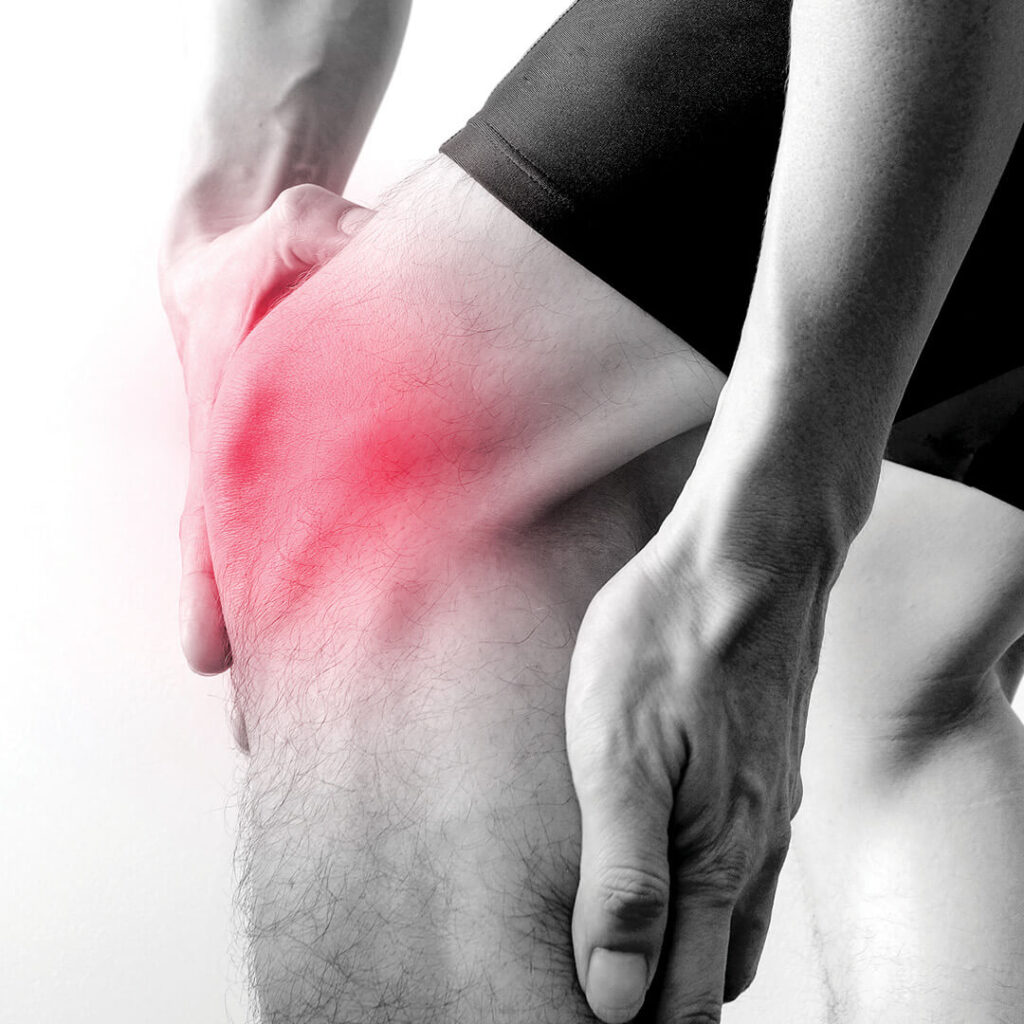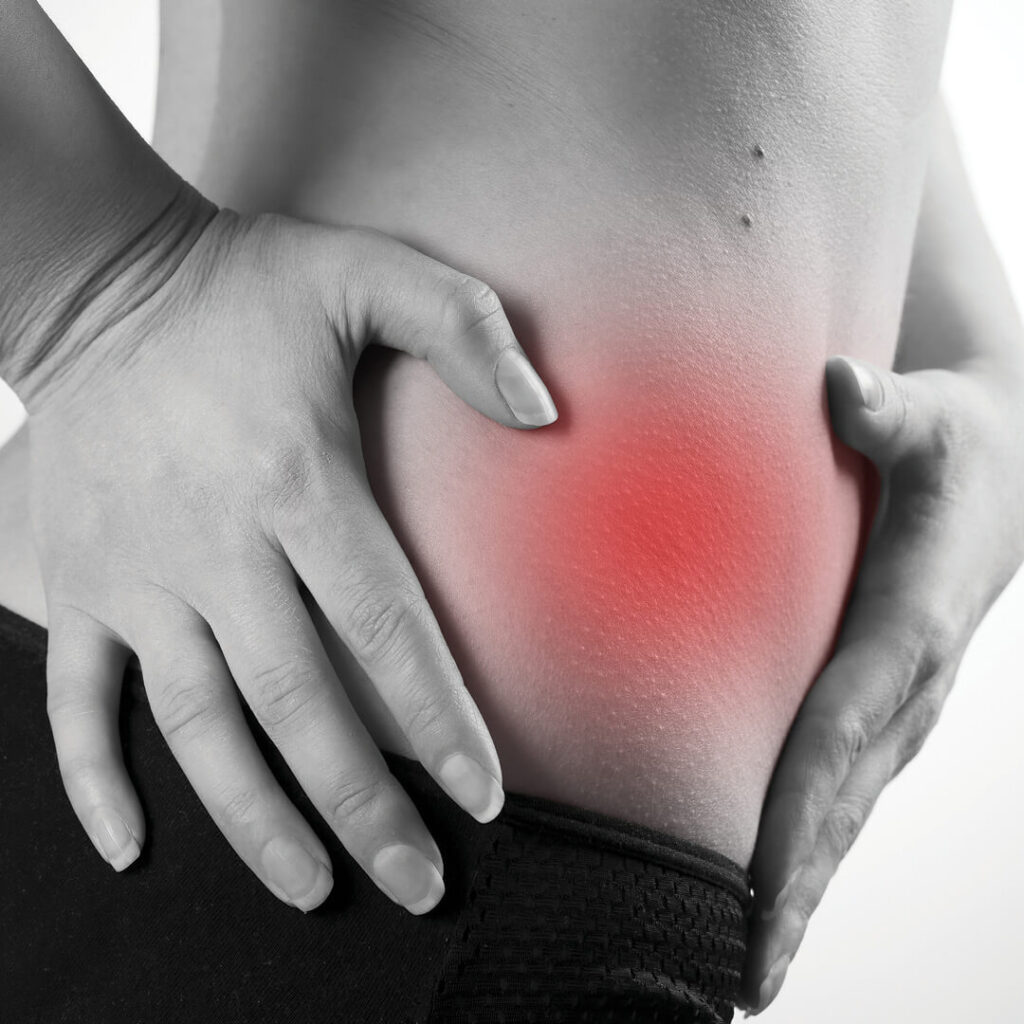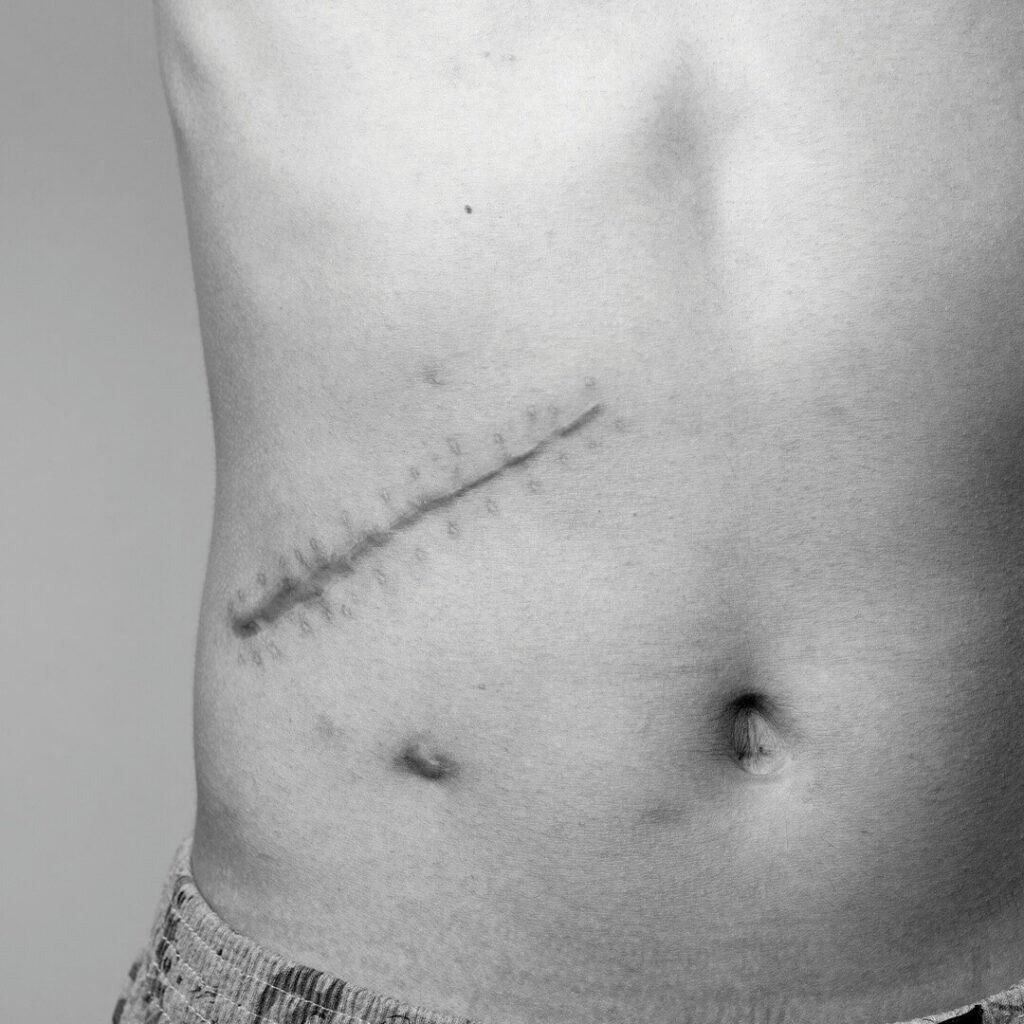Accelerating Tissue Repair and Healing along with Pain Control. Addresses Healing and Repair, unlike Traditional Pain Management.
This revolutionary laser is the first of it’s kind in Australia. It uses customised multi wavelength High Power Laser at 100 watt continuous power with Zimmer cryo therapy, to effectively treat:
NEUROPATHY // ARTHRITIS // FIBROMYALGIA // PAIN MANAGEMENT // POST SURGICAL HEALING // TRIGGER POINTS // MUSCLE SPASMS // ULCERATIONS // OPEN WOUNDS
// SCAR TISSUE

This Laser from ASPENLaser Treats Various Pain Issues With Incredible Healing Benefits
- Accelerates Tissue Repair
- Accelerates Healing
- Pain Control
- Safe
- Safe
- Effective
- Non Addictive
- Non damaging

DR MARK MILLER
Dr of Chiropractic, Cert of Attainment
Meet Dr Mark Miller, an Allied Health Practitioner specialising and certified in High Power Laser Therapy (HPLT). He enjoys helping patients achieve pain relief with most chronic and acute conditions.
Dr Mark Miller graduated from the University of West Florida with a Bachelor of Science degree in Sports Medicine. He then attended Life University in Georgia graduating with his Doctorate in Chiropractic in 1996. Mark has a wealth of 25 years experience and has owned and operated 3 multidisciplinary Chiropractic and Physiotherapy clinics with an emphasis in spinal disc rehabilitation in Arizona.
Dr Miller has an interest in most sports and has competed in National body building contests as a hobby. The majority of his free time is spent with his family and keeping up with two very active young sons.
In practice, Dr Miller makes it a priority to care for his patients as if they were a part of his own family and he is devoted to helping improve their quality of life. Dr Miller looks forward to meeting you and helping with your health goals.
